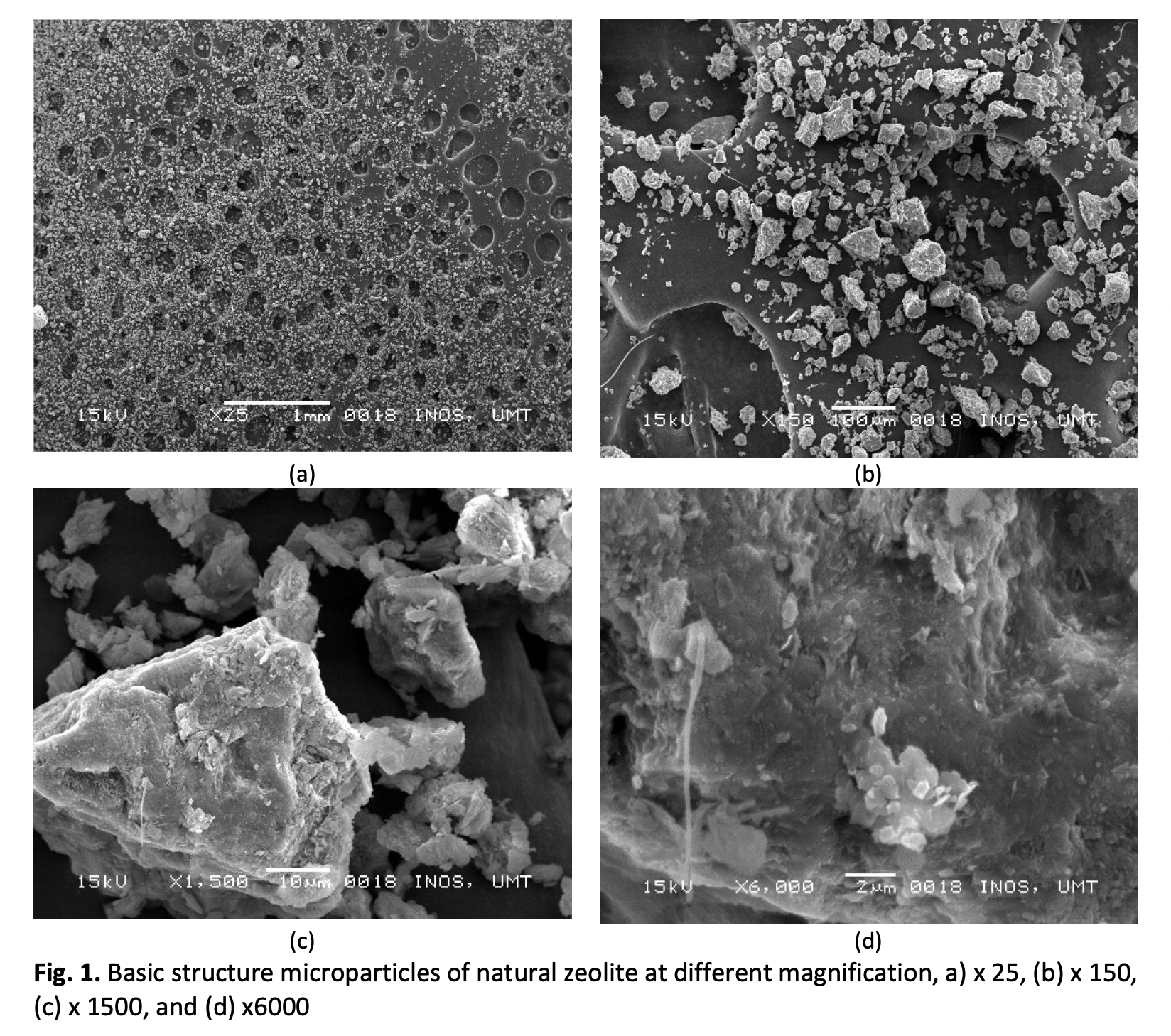Heat-Treated Zeolite as Effective Adsorbent for Final Treatment of Palm Oil Mill Effluent
DOI:
https://doi.org/10.37934/arfmts.110.1.116Keywords:
Adsorbent, Zeolite, POME, AdsorptionAbstract
Malaysia is known for its high oil palm production, which results in a significant amount of palm oil mill effluent (POME). Improper treatment or direct discharge of untreated POME can have significant impacts on water pollution. The objective of this study was to investigate the potential of zeolite as an adsorbent for the efficient treatment of POME. The initial physical and chemical properties of POME, sourced from the aerobic pond of a local palm oil mill in Terengganu, were determined before conducting two series of experiments using adsorption methods. In the first series of experiments, natural zeolite was used under different conditions, including treated zeolite thermally treated at 150°C for two hours and untreated natural zeolite. The results showed that heat-treated natural zeolite was more efficient in removing suspended solids, colour, and turbidity, with removal efficiencies and adsorption capacity of 66.2% (2.39 mg/g), 80.5% (21.50 mg/g), and 86.8% (0.77 mg/g), respectively. In the second series of experiments, the effects of various parameters affecting the adsorption process, such as adsorbent dosage and pH, were investigated. The optimum conditions for adsorbent dosage and pH were found to be 4 g/L and pH 4, respectively. The percent removal of all parameters reached over 70% with a peak time of 240 min. The adsorption isotherm was also studied, and it was found that the adsorption process was in good agreement with the Langmuir adsorption isotherm model. The study showed that adsorption treatment with natural zeolite was effective in removing turbidity, color, and TSS in POME wastewater. In addition, zeolite is a readily available and inexpensive adsorbent.
Downloads

































